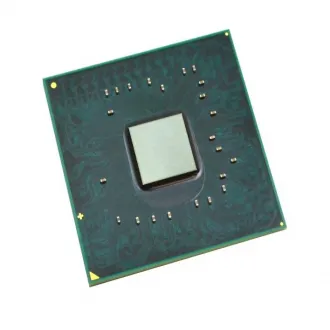The Intel Graphics Media Accelerator (GMA) X3100 was an integrated graphics solution by Intel, introduced in 2007 as part of the Intel GM965 chipset. It was commonly found in laptops and desktops during its time and was designed to provide basic graphics capabilities for everyday computing tasks.
Key features and specifications of the GMA X3100 include:
-
Architecture: The GMA X3100 was based on Intel's older graphics architecture and was a successor to the GMA 950. It lacked the dedicated processing power and features of more advanced dedicated graphics cards.
-
Performance: While it could handle tasks like web browsing, office applications, and video playback adequately, it struggled with modern 3D gaming and graphics-intensive applications. It was not designed for gaming enthusiasts or professionals but rather for budget-oriented systems.
-
Video Playback: The GMA X3100 supported hardware-accelerated video decoding, making it suitable for DVD playback and basic video streaming.
-
Resolution Support: It could handle display resolutions up to 2048x1536, making it suitable for typical monitor and laptop screen resolutions.
-
Shader Model: The X3100 supported Shader Model 2.0, which allowed it to run some older DirectX 9 games and applications.
-
Power Efficiency: It had low power consumption, making it suitable for laptops and contributing to longer battery life.
-
Driver Support: Driver support for the GMA X3100 was relatively stable, but Intel ceased driver updates and support for this graphics solution in the years following its introduction.
In hindsight, the Intel GMA X3100 was a modest integrated graphics solution that served its purpose for basic computing tasks during its era. However, it lacked the capabilities needed for demanding 3D graphics and gaming, and it quickly became outdated as software and games became more graphically demanding. Modern integrated graphics solutions and dedicated GPUs have since far surpassed its performance capabilities.
